Gastronomy is an art that continues to evolve, drawing inspiration from different cultures and culinary traditions around the world. One of the most exciting trends of recent years is the blending of Spanish and Asian cuisine. This bold fusion of flavors and ingredients results in unique and innovative dishes, captivating the palates of food lovers around the world. In this article, we'll explore the mutual influences between these two cuisines and discover how they work together to create an unforgettable dining experience.
The foundations of Spanish and Asian cuisine:
Spanish cuisine is distinguished by its passion for fresh, quality ingredients, varied cooking techniques and rich, bold flavors. Classic Spanish dishes such as paella, gazpacho and tapas have become famous around the world.
On the other hand, Asian cuisine is vast and diverse, with countries such as China, Japan, Thailand, and India each having their own unique culinary traditions. The use of spices, aromatic herbs and flavorful sauces is a common feature of many Asian cuisines.
The fusion of flavors:
When Spanish cuisine meets Asia, something magical happens. Creative chefs began mixing ingredients and cooking techniques from both cuisines to create new taste experiences.
For example, Spanish tapas have been reinvented by incorporating Asian influences. Tempura-style fried squid with a spicy sriracha chili-based aioli sauce, or rice croquettes with Iberian ham accompanied by wasabi mayonnaise, are some of the delicious combinations that can be found.
Rice dishes, such as paella, have also undergone an Asian transformation. Imagine a paella fusing Mediterranean flavors with Asian ingredients such as ginger, lemongrass and coriander. The result is an exquisite marriage of textures and flavors.
Desserts are not left out in this culinary fusion. For example, a classic Catalan cream can be given an Asian twist with flavors of matcha green tea or lychee.
Mutual influence:
This meeting between Spanish and Asian cuisines is not just one-sided. Spanish chefs have also been inspired by Asia and have incorporated Asian ingredients into their traditional dishes.
For example, the use of Japanese miso in sauces and marinades has become popular in Spain. Spanish tapas can be served with a miso chimichurri sauce, adding a touch of umami to these delicacies.
Additionally, Asian fermentation techniques, such as those used to prepare Korean kimchi, have also found their way into Spanish cuisine. Fermented vegetables are now incorporated into dishes such as salads or side dishes, providing a complex and tangy flavor.
Conclusion: The bold blend of Spanish and Asian cuisine is an exciting culinary experience that pushes traditional boundaries and delights the taste buds of lovers of new flavors. This unique fusion creates innovative dishes, balancing the intense flavors of Spain with Asian subtlety and balance.
Whether in tapas, rice dishes or desserts, this meeting between two culinary cultures offers a multitude of creative possibilities. So, get ready to embark on an unforgettable taste journey, where Mediterranean and Asian flavors meet and blend harmoniously to amaze your senses.



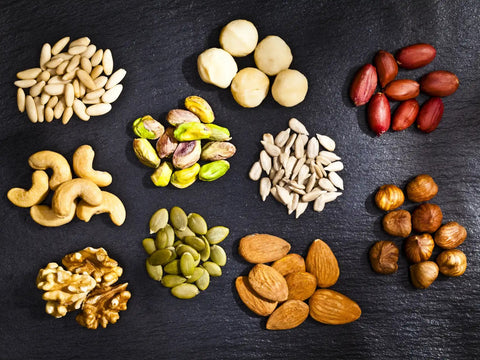

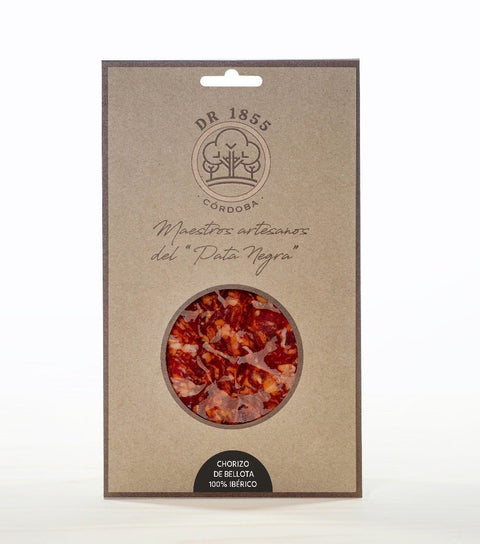
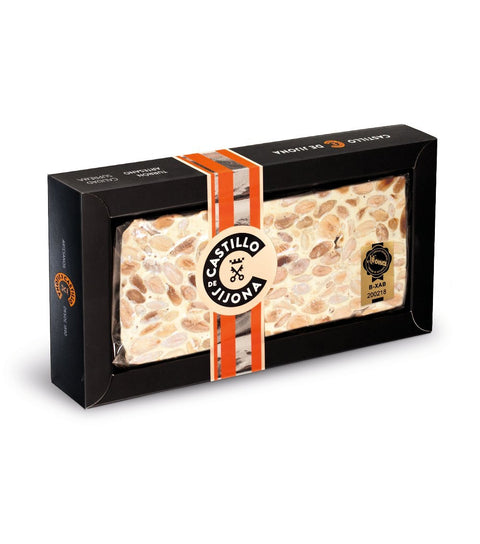
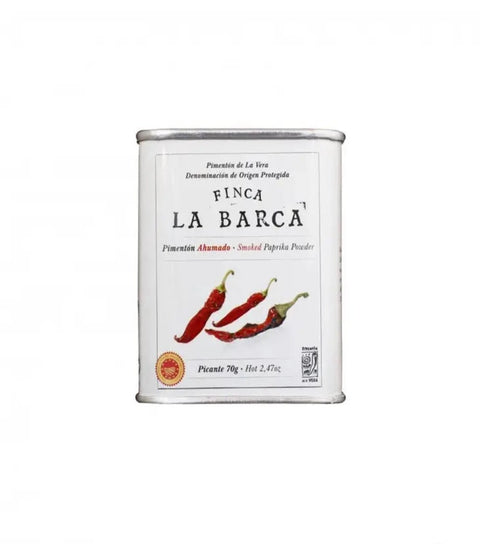
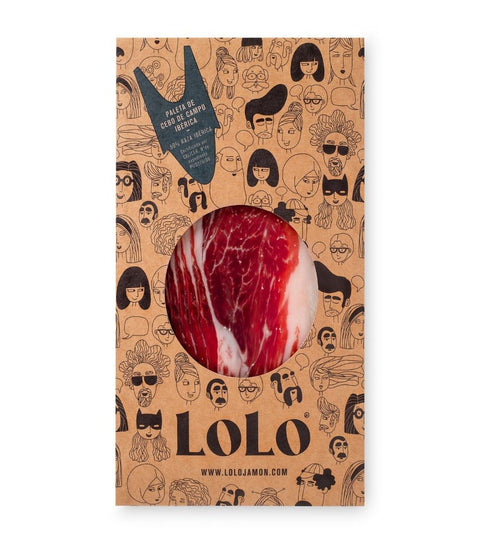
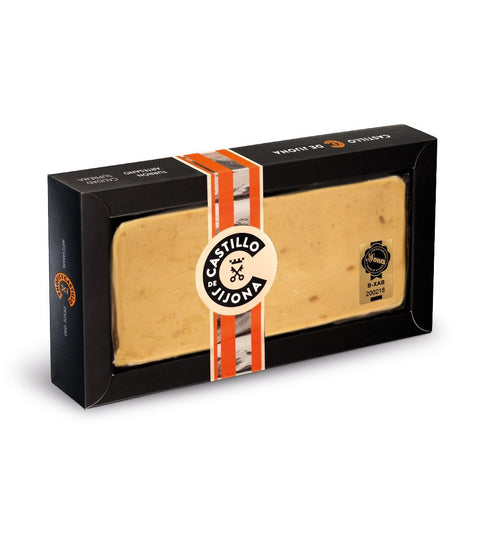
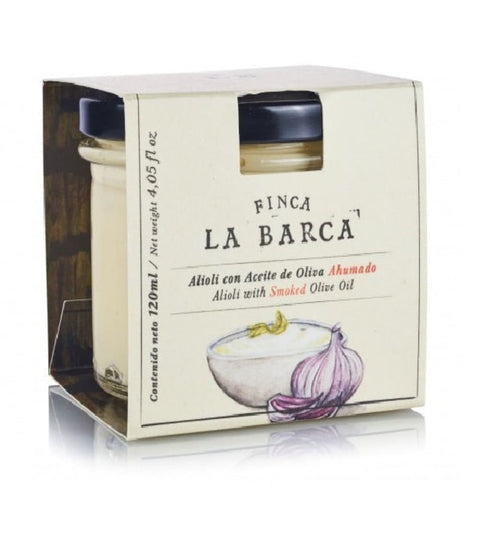
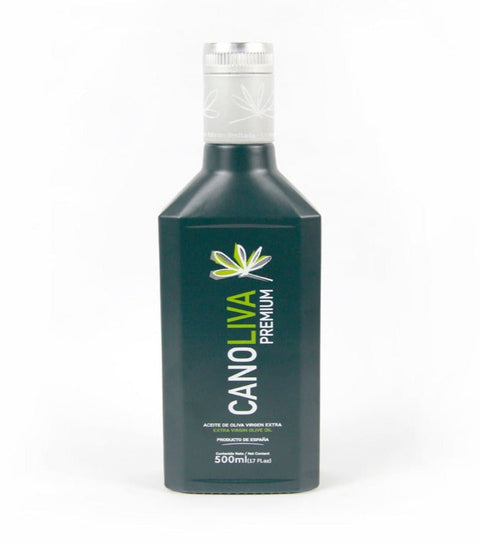
Comments (0)
There are no comments for this article. Be the first one to leave a message!